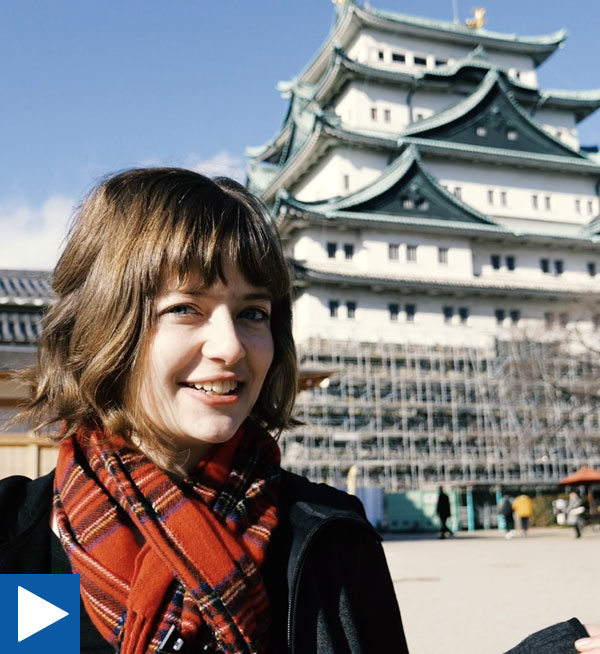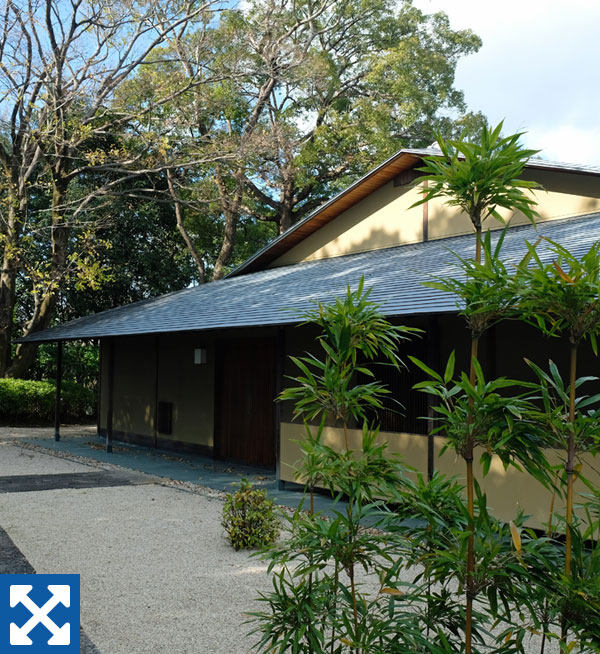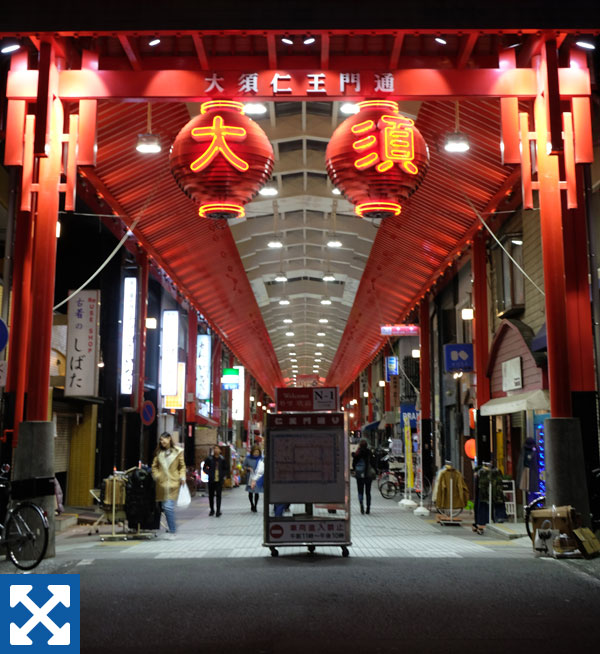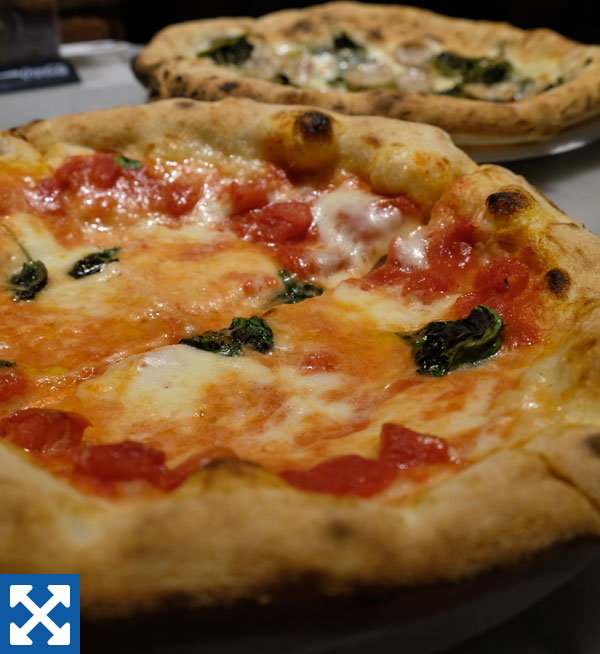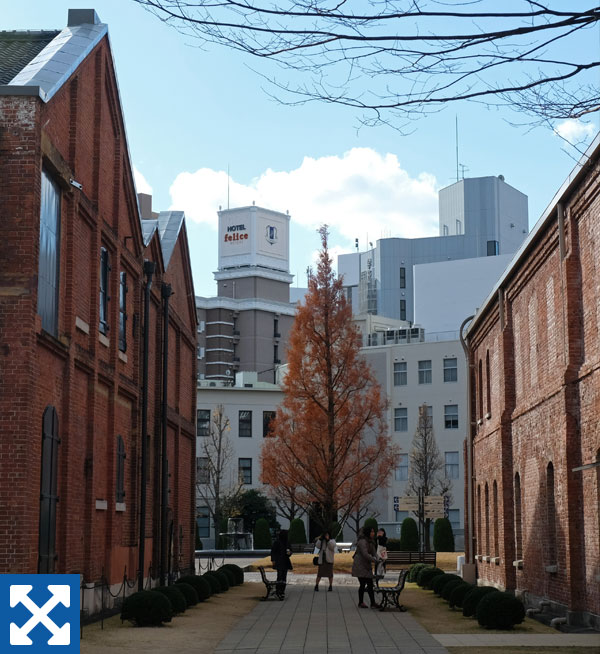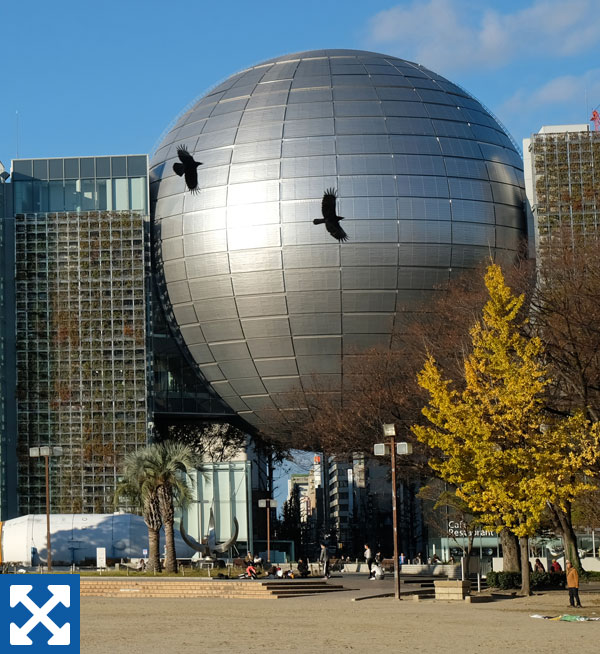Counting down to the Rugby World Cup 2019 … in Japan!
A harmonious blend: The pond on the second floor of the Yoshio Taniguchi-designed Toyota Municipal Museum of Art mirrors the building's stunning exterior. COURTESY OF TOYOTA MUNICIPAL MUSEUM OF ART
Japan’s motor city offers so much more than its automobiles
CLAIRE WILLIAMSON
Staff writer
When you hear the name “Toyota,” the first thing that comes to mind is the eponymous Japanese car brand. Toyota — which was originally known as Koromo until the city changed its name to reflect the importance of Toyota Motor Corp. — has long been a major industrial center, first of silk and now of cars.
But Toyota is more than just a manufacturing hub: It is home to mountains and valleys of great scenic beauty, as well as historical sites that date back to the Edo Period (1603-1868) and the ruling Tokugawa shogunate.
Friday
Toyota tech — morning
Toyota Motor Corporation has been producing cars in the city since 1938, and the free Toyota Kaikan Museum (Toyotacho 1) gives visitors a glimpse into the technology that goes into making its vehicles. From Shin-Toyota Station, take the Aichi Loop Line to Mikawa-Toyota Station, after which it’s a brisk 15-minute walk to the museum. If you register in advance online, Toyota offers guided tours of one of its production plants.
In the know — lunch
Manpuku (Kozakahonmachi 5-13-10), self-described as a store for “those in the know,” has been serving charcoal-roasted unagi (eel) in a secret tare sauce for 50 years. Order the special unagi rice bowl (¥3,460) if it’s available, which comes heaped with eel and free refills of rice. Look for the person-sized tanuki statue out front.
Art inside and out — afternoon
A short walk from Manpuku is the Toyota Municipal Museum of Art (Kozakahonmachi 8-5-1), which houses a collection of 20th-century art in a building designed by renowned architect Yoshio Taniguchi. Wander the sculpture-studded garden and admire the reflection of the museum in the expansive second-floor pond. The museum’s Dojien teahouse offers matcha and omogashi (Japanese sweets; ¥350) in a relaxed setting.
Just the wingtip — dinner
An Aichi Prefecture specialty is tebasaki (deep-fried chicken wingtips). Usually tebasaki are fried in a flour- or potato-based batter, but in Aichi the wings are seasoned and fried without batter before being basted in sauce and coated in sesame seeds for a sticky, addictive bar snack. A local favorite is Tsubasaya, whose Toyota branch is only a few minutes from Toyotashi Station (Nishimachi 6-66). Five wingtips will set you back just ¥430.
A hub for kindness: People pass through the grounds of Osu Kannon, a Shingon Buddhist temple dedicated to the Buddha of compassion. CLAIRE WILLIAMSON
Saturday
Past but not forgotten — early morning
Founded in 1980, Sanshu Asuke Yashiki (Iimori 36, Asukecho) allows visitors to experience 10 different handicrafts, such as aizome indigo dyeing, bamboo basket weaving and paper making, in a traditional village setting (¥400-¥2,500 depending on the activity, advance reservation required). From Toyotashi Station, take a Sanage Asuke-bound bus and disembark at Korankei (about 40 minutes, once an hour). From there, it’s a 10-minute walk to the open-air museum.
Fall foliage — early afternoon
Curving around the 254-meter Mount Iimori, the Korankei valley is one of the best places in Aichi Prefecture for autumn leaf viewing and has 4,000 maple trees. Grab a healthy lunch at one of Sanshu Asuke’s restaurants (such as Kunputei, which serves homemade tofu) and walk to the bright red Taigetsukyo Bridge, which spans the Tomoe River and offers stunning views of the foliage.
Cross the bridge and hike partway up the mountain to the 15th-century Kojakuji temple (Iimori 39, Asukecho), where you’ll find yet more scenic views. When your feet are tired, you can purchase foot-shaped ema (votive tablets) at the nearby Asuke Hachimangu Shrine to wish the pain away.
Treasure trove of stores — early evening
Head next to central Nagoya, where you’ll find Osu Kannon Temple (Osu 2-21-47, Naka-ku). Take a quick stroll through its compact grounds before heading into the Osu Shopping Arcade. Here you’ll find jewelry store Kotoro Drop (Osu 3-42-23, Naka-ku), a goldmine of quirky pieces designed and crafted by Yoshikazu Ito. With reservation, Ito offers jewelry-making workshops for up to four people.
World-class pizza — dinner
Although pizza might not be the first food that comes to mind when in Nagoya, don’t pass up Solo Pizza Napoletana (Osu 3-36-44, Naka-ku), which occupies a prime corner in the Osu Shopping Arcade. Two pizzas on chef Akinari “Pasquale” Makishima’s menu have won international pizza competitions. Order a Margherita Extra and a Pizza Pasquale to try the prize-winning recipes.
Round it off — late evening
End your evening with a cocktail from Bar Kreis (Sakae 1-4-12, Naka-ku) where white-suited founder and bartender Haruhisa Tahara devises seasonal cocktails in a relaxed, antique-inspired space. Kreis, the German word for circle, pays homage to Tahara’s desire to bring customers together.
All that glitters: The main keep at Nagoya Castle is topped with two gold shachihoko (tiger-fish hybrids). CLAIRE WILLIAMSON
Sunday
Coffee and cream — breakfast
“Morning service” is the name for the classic Nagoya kissaten (old-school coffee shop) breakfast, often a cup of coffee paired with buttered toast and a hard-boiled egg at bargain prices. Indulge at Bera Coffee (Nishiki 3-21-18, Naka-ku) with an order of Vienna-style coffee — two shots of espresso overflowing with rich whipped cream — and ogura toast, a buttered red-bean paste sandwich.
Urban icon — morning
The shachihoko (mythical fish-tiger hybrids)-topped turrets of Nagoya Castle (Honmaru 1-1, Naka-ku) have graced the city skyline since 1612. Although the main keep is closed to visitors, the castle’s expertly reconstructed Honmaru Goten palace and gardens are still open to the public. Free tours are offered daily, as well as shows by groups of samurai and ninja performers.
Pig out — lunch
Misokatsu Yabaton is one of Nagoya’s most popular joints for pork katsu (cutlets) smothered in a sweet miso sauce. If you don’t want to wait in the long (albeit worth it) line to eat at one of Yabaton’s 11 Nagoya-area stores, grab a bento from its Esca location near Nagoya Station (Esca B1F, Tsubakicho 6-9, Nakamura-ku). The sauce is kept in a separate packet, so the fried pork stays crisp.
Ceramic elegance — early afternoon
Built to commemorate the 100th anniversary of Noritake Co. Ltd, a china porcelain company based in Nagoya, Noritake Garden (Noritakeshinmachi 3-1-36, Nishi-ku) is a blend of culture and history set in an urban oasis. The Craft Center and Noritake Museum (admission¥500) combines a microfactory — where you can watch artisans at work — with a museum showcasing traditional Noritake designs from the Meiji (1868-1912) and Showa (1926-89) eras. Leave ample time to paint your own bone china masterpiece (¥1,800-¥2,000 depending on the type of pottery; additional shipping fees may apply).
The more you know — late afternoon
The mammoth Nagoya City Science Museum (Sakae 2-17-1, Naka-ku) is divided into three buildings — life science, astronomy, and science and technology — and you could easily spend a day wandering through its interactive exhibits, such as the tornado lab, electric discharge lab and minus 30 C deep-freezing lab. The museum’s most striking feature is its 35-meter-wide sphere, which houses the largest planetarium in the world, Brother Earth.
If art is your thing, the Kisho Kurokawa-designed Nagoya City Art Museum (Sakae 2-17-25, Naka-ku) is next door.
Panoramic views — sunset
End your day at the Sky Promenade, an open-air observatory on floors 44 to 46 of the Midland Square building (Meieki 4-7-1, Nakamura-ku; ¥750). Time your visit for sunset and watch the light fade behind Nagoya Castle and the distant mountains (do bring layers, as it can get quite windy).
This is the sixth installment of a monthly series that will introduce each of the 12 host cities of the 2019 Rugby World Cup.
To read more weekend guides to the host cities of the Rugby World Cup 2019, visit features.japantimes.co.


